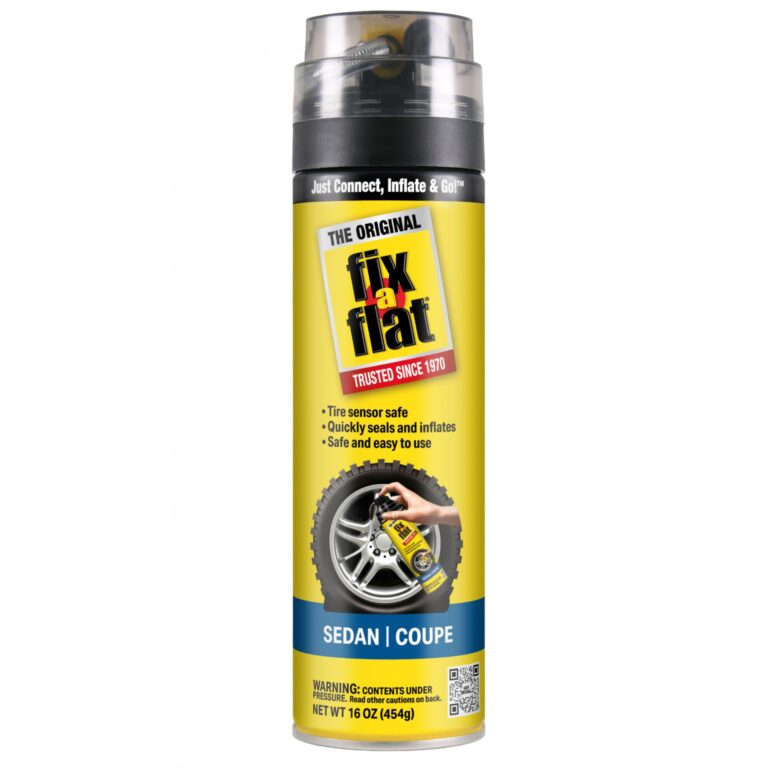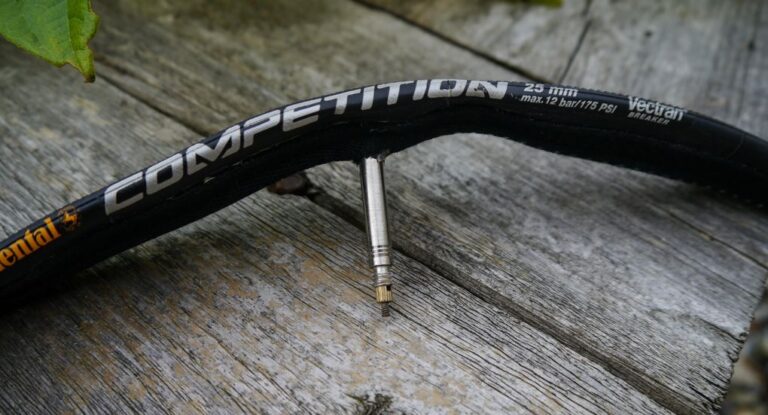How To Inflate Skinny Bike Tires Effectively
Flat tire? It’s happened to the best of us! Nothing is more frustrating than a deflated bike tire, especially if you have skinny bike tires. This guide will walk you through everything you need to know about properly inflating your skinny tires, ensuring a smooth and safe ride. You’ll learn about different types of pumps, the correct tire pressure, and how to avoid common mistakes. Let’s get started!
Choosing the Right Pump for Skinny Bike Tires
Selecting the appropriate pump is crucial for efficiently inflating your skinny bike tires. The wrong pump can make the process tedious and potentially damage your tire.
Types of Pumps
- Floor pumps: These offer high volume and pressure, ideal for skinny tires requiring high PSI. They are stable and provide consistent air flow, leading to faster inflation. They typically have a pressure gauge for accurate inflation.
- Hand pumps: Portable and compact, these are suitable for quick fixes on the go. However, they might require more effort for skinny tires needing high pressure, especially if the tire is very flat.
- Mini pumps: These are the smallest and lightest option, perfect for carrying in a pocket or backpack. However, inflating skinny tires with a mini pump can be time-consuming and require significant physical effort.
Gauge Accuracy
A reliable pressure gauge is essential for ensuring your tires are inflated to the manufacturer’s recommended pressure. Inaccurate gauges can lead to under-inflation or over-inflation, impacting ride quality and safety. Regularly check the accuracy of your pump’s gauge.
Understanding Tire Pressure and PSI
Knowing your tire’s recommended PSI (pounds per square inch) is vital for optimal performance and safety. Incorrect inflation can affect handling, comfort, and even tire longevity. The pressure is usually printed on the tire’s sidewall.
Reading Your Tires
- Sidewall markings: Look for the maximum PSI printed on the tire’s sidewall. This is the absolute maximum pressure the tire can handle. Never exceed this value.
- Manufacturer’s recommendations: The tire manufacturer’s recommendations might suggest a lower PSI for optimal comfort and performance. This value usually represents a range, for example 80-100 psi.
- Rider weight and riding style: Heavier riders or aggressive riding styles might require slightly higher tire pressure.
Examples of Recommended Tire Pressures
Different tires have different recommended pressure ranges. A typical road bike tire might suggest 100-120 PSI, whereas a gravel bike tire might only need 60-80 PSI. Always check your tire’s sidewall for the specific range.
For example: A 700x23c road tire might recommend 100-120 PSI, while a 700x28c tire might recommend 80-100 PSI.
Inflating Your Skinny Bike Tires: A Step-by-Step Guide
Once you have the right pump and understand the recommended PSI, inflating your tires is straightforward. The process involves a few simple steps to ensure your tires are properly inflated.
Preparing for Inflation
- Check the valve: Ensure the valve on your tire is clean and free of debris. A dirty valve can prevent proper inflation.
- Attach the pump: Securely attach the pump head to the valve. A good seal is critical to avoid air leakage.
- Begin pumping: Start pumping steadily, paying close attention to your pump’s gauge. Don’t pump too quickly to avoid overheating the tire or damaging the valve.
Achieving the Right Pressure
- Monitor the gauge: Keep a close eye on the pressure gauge on your pump to ensure you reach the recommended PSI.
- Gradually approach the target: It’s better to approach the target PSI gradually, preventing accidental over-inflation.
- Check for leaks: Once inflated, check for any leaks by listening for hissing sounds or noticing a rapid drop in pressure. If you find a leak, you may need to patch or replace the inner tube.
Troubleshooting Common Inflation Problems
Sometimes, even with the right pump and techniques, you might encounter problems while trying to inflate your skinny bike tires. Understanding the causes and solutions to common issues can save you valuable time and effort.
Difficult Inflation
- Obstructed valve: A clogged valve core can significantly hinder the inflation process. Try using a valve core remover tool to clear any obstructions.
- Loose pump head: A poorly connected pump head will cause air leakage, making it difficult to inflate the tire. Ensure a firm and secure connection.
- Defective pump: Sometimes the problem isn’t with the tire but the pump itself. Try using a different pump to rule out a faulty pump.
Debunking Myths About Skinny Tire Inflation
Myth 1: Higher PSI is always better.
This is incorrect. Over-inflation can lead to a harsh ride, reduced traction, and increased risk of punctures. Always follow the manufacturer’s recommended PSI range.
Myth 2: You only need to check pressure before a long ride.
Tire pressure can fluctuate over time due to temperature changes and slow leaks. Regular pressure checks are crucial for optimal performance and safety.
Myth 3: All pumps are created equal.
The type of pump you use significantly impacts the efficiency and ease of inflation. High-quality floor pumps are best suited for high-pressure skinny bike tires.
FAQ
What is the correct pressure for my skinny bike tires?
The correct pressure is indicated on the sidewall of your tire. It typically provides a range. It will depend on your weight and riding style, but always stay within the manufacturer’s recommended PSI.
My tire is still soft after inflating. What should I do?
Check for leaks around the valve or along the tire. If you find a leak, you might need to patch or replace the inner tube. A damaged valve core could also cause the problem. If the tire is properly sealed, it could be under inflation.
How often should I check my tire pressure?
It’s recommended to check your tire pressure before every ride, especially if you haven’t ridden in a while. Pressure can drop due to temperature changes and slow leaks.
What happens if I over-inflate my skinny bike tires?
Over-inflation can make for a harsh, uncomfortable ride. It also increases the risk of pinch flats, and can potentially damage the tire.
Why are my skinny bike tires so hard to inflate?
The cause could be a number of things: a clogged valve, a loose pump head, a low-quality pump, or a damaged inner tube.
What type of pump is best for skinny bike tires?
A floor pump is generally the best option for skinny bike tires because they provide higher pressure and larger volumes quickly. However, a high-quality hand pump will work for most situations.
Can I use a car tire pump for my skinny bike tires?
While possible, it’s not recommended. Car tire pumps typically don’t have the precision to inflate skinny bike tires to the proper PSI. There is also the risk of over inflating the tire.
Final Thoughts
Knowing how to properly inflate your skinny bike tires is a crucial skill for any cyclist. By understanding tire pressure, choosing the right pump, and following the steps outlined above, you can ensure a comfortable, efficient, and safe ride. Remember to always check your tire pressure regularly and address any leaks promptly. Enjoy the ride!


